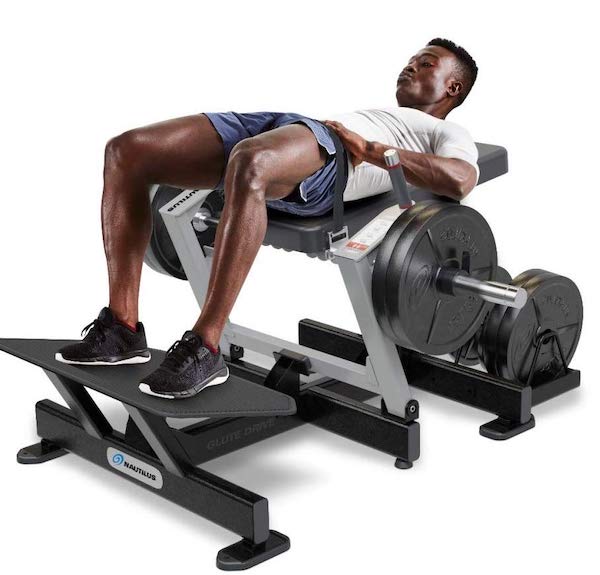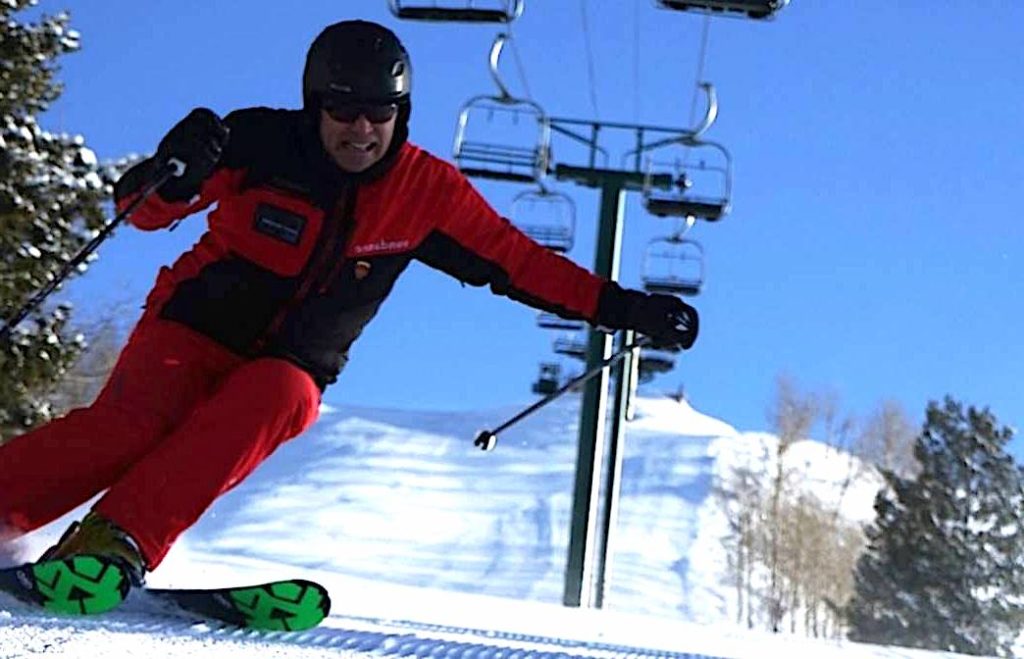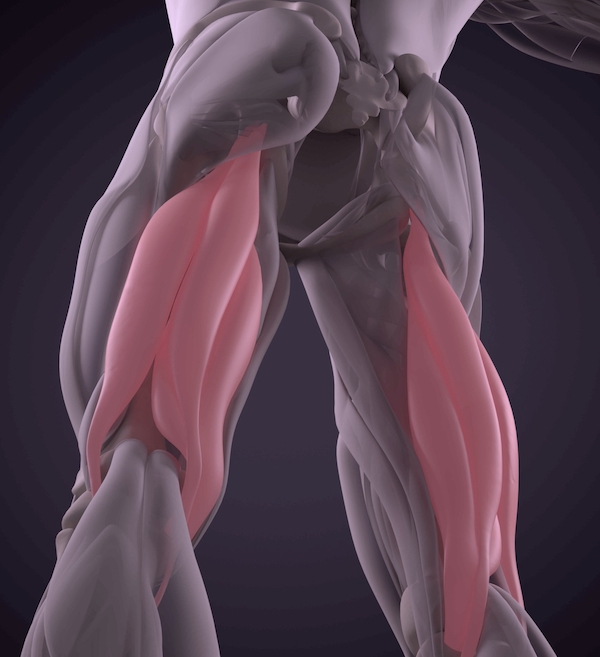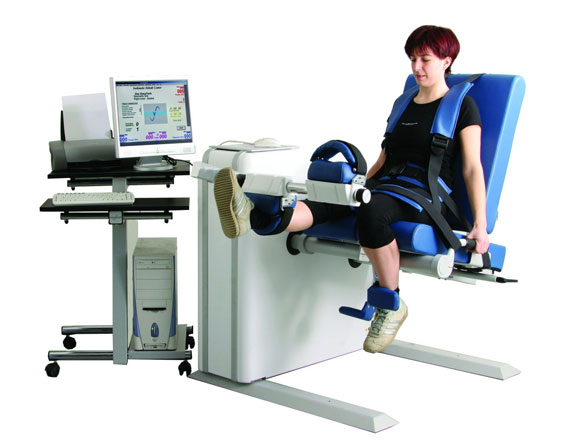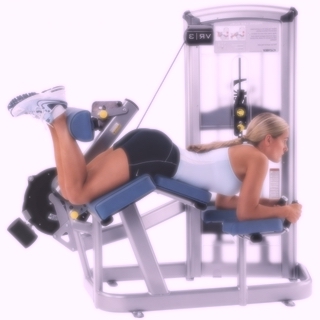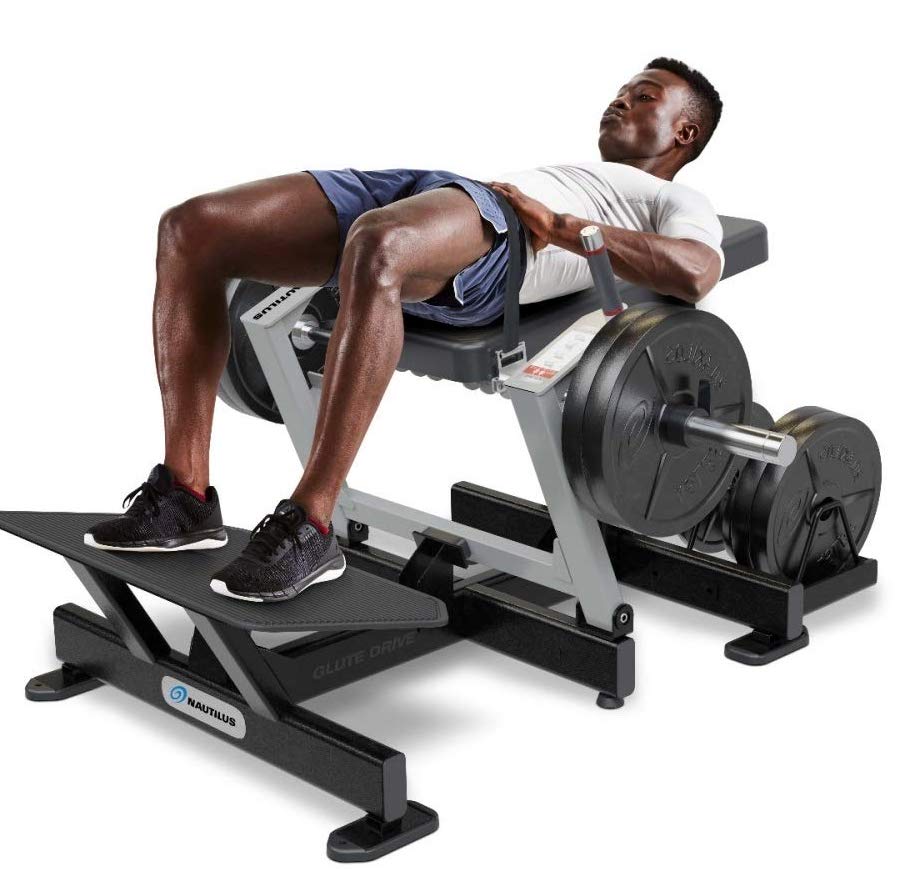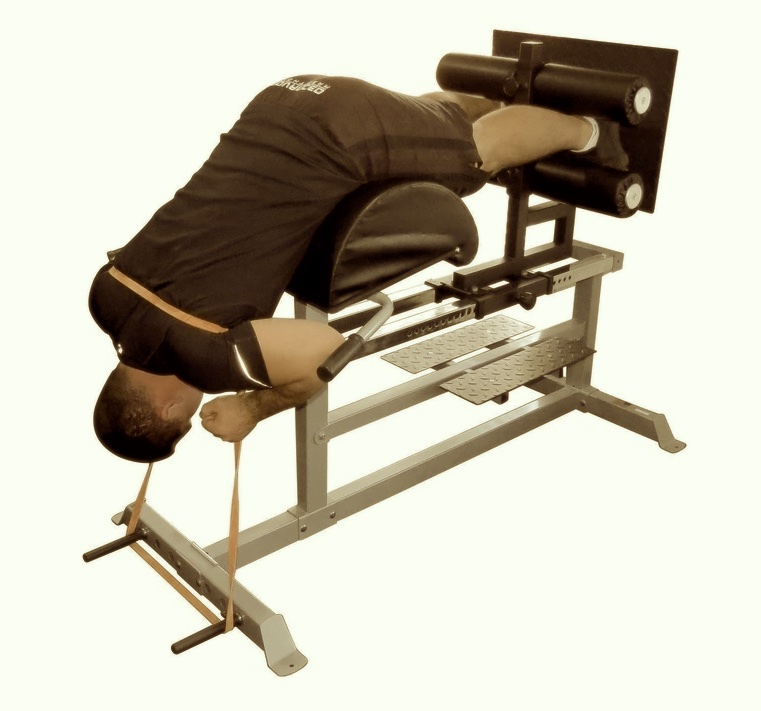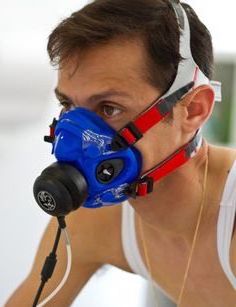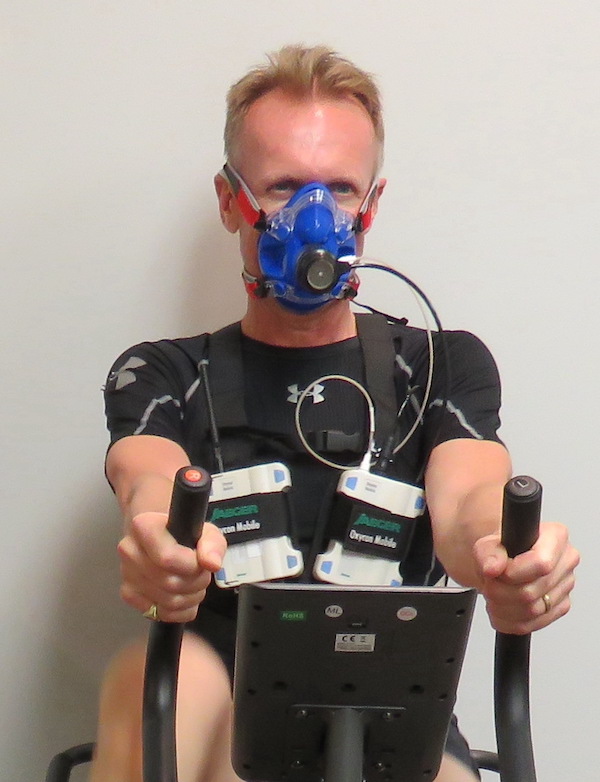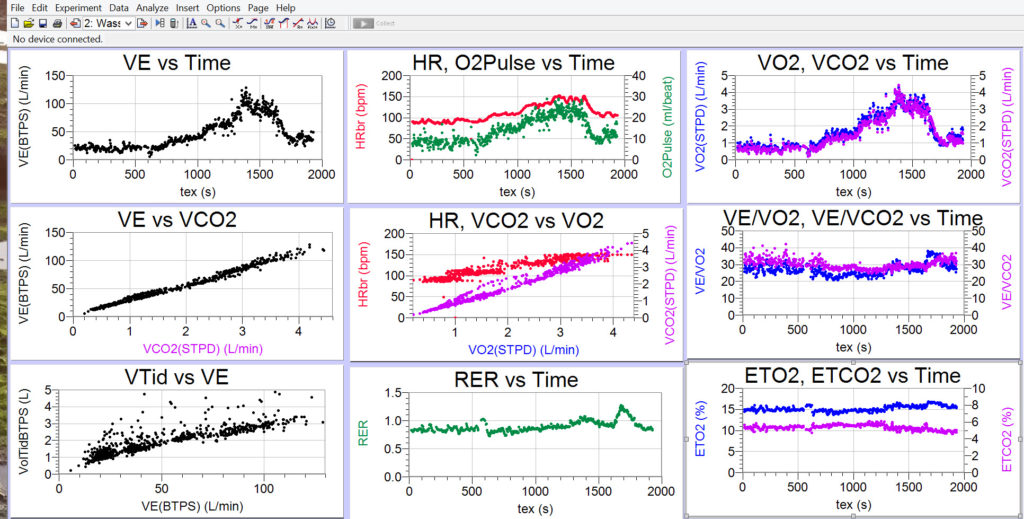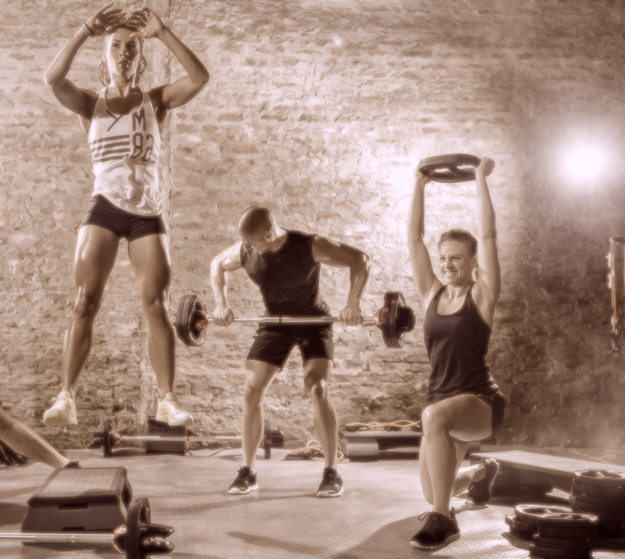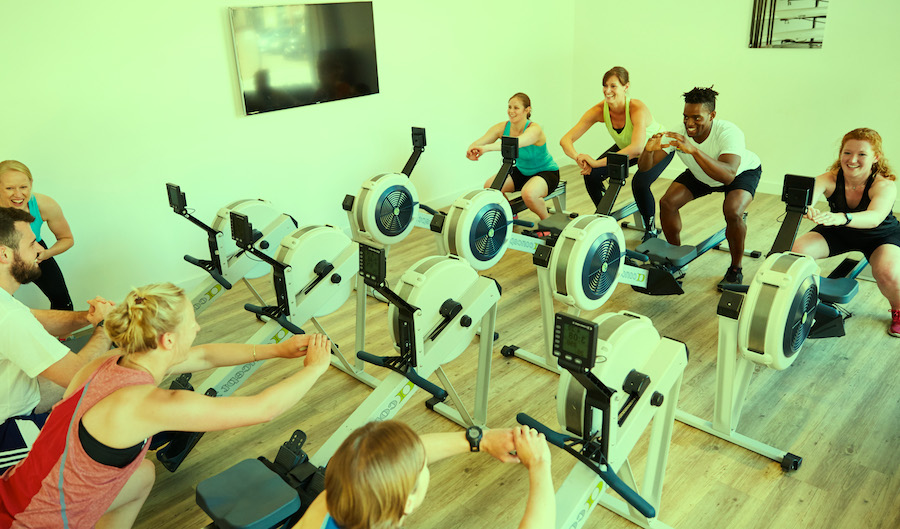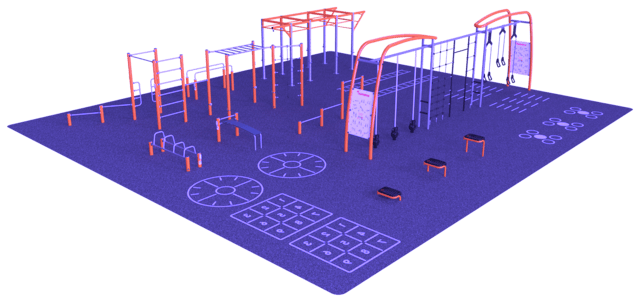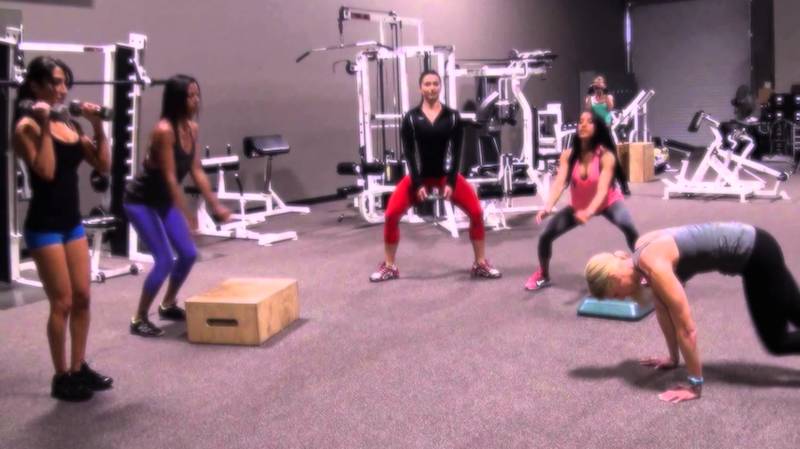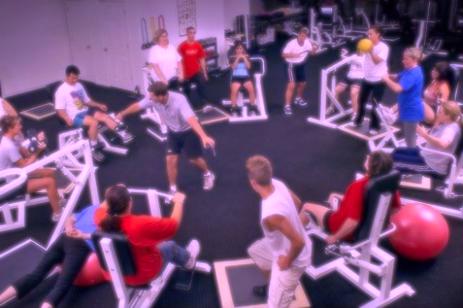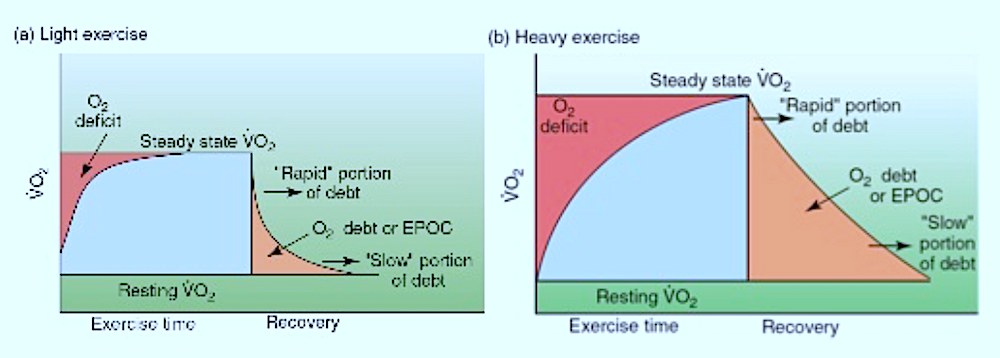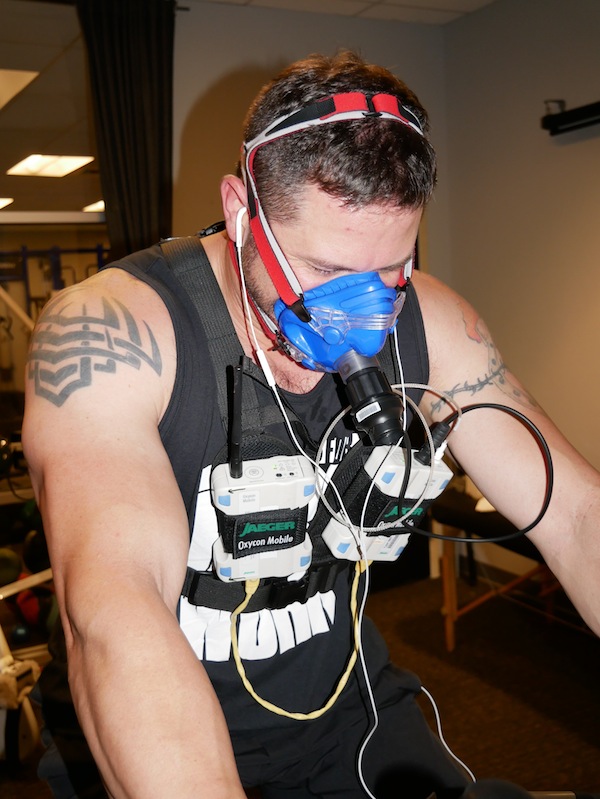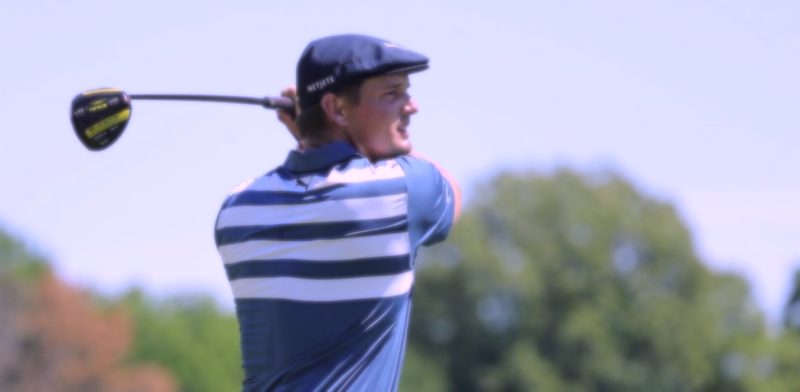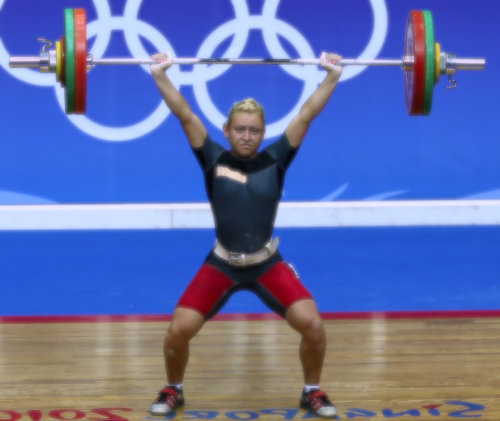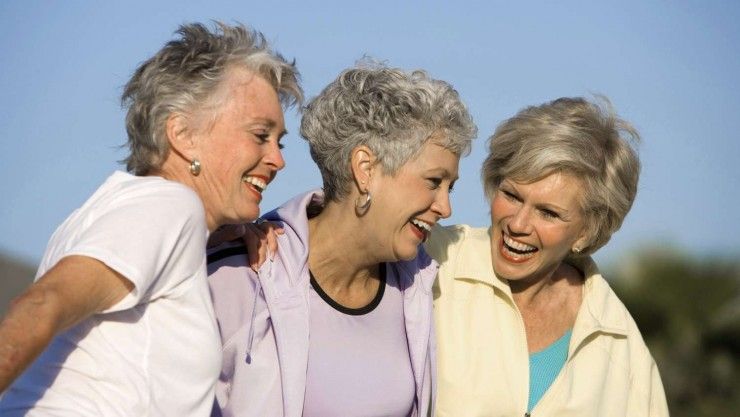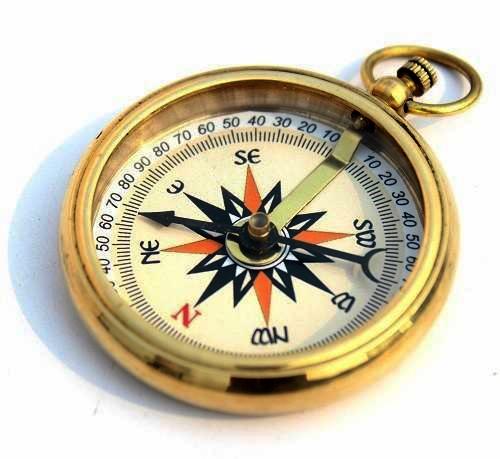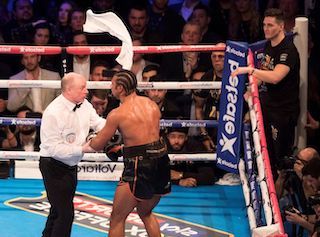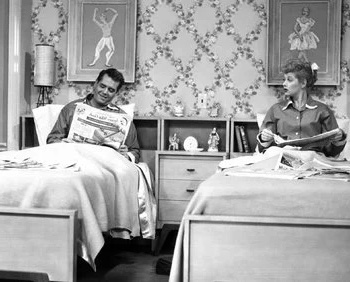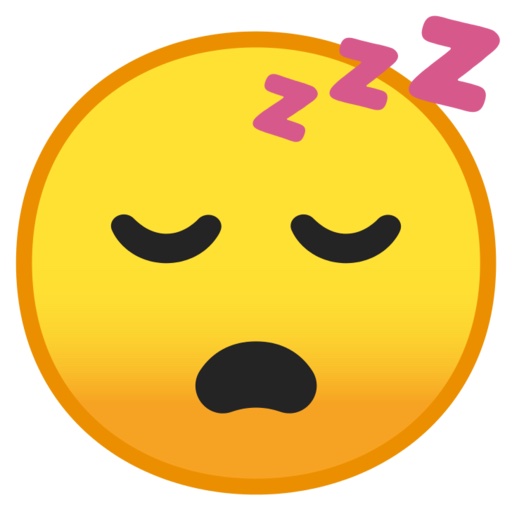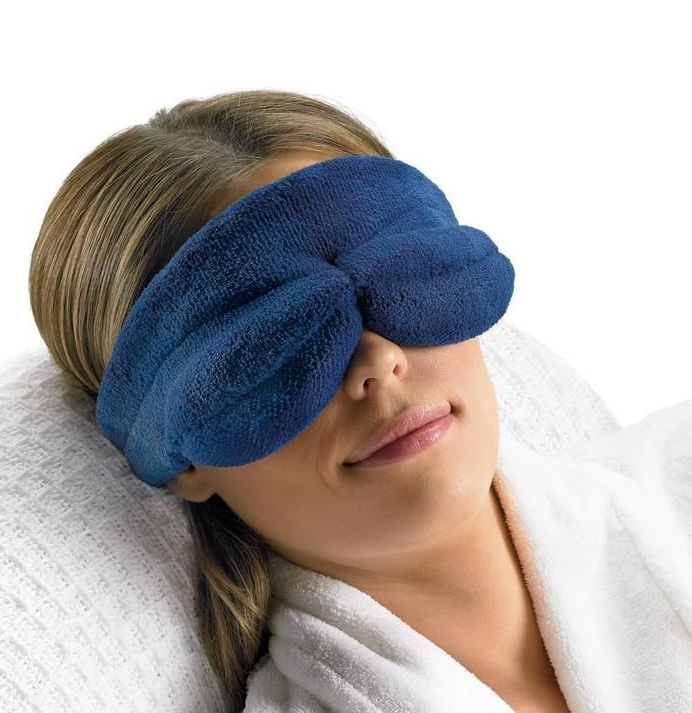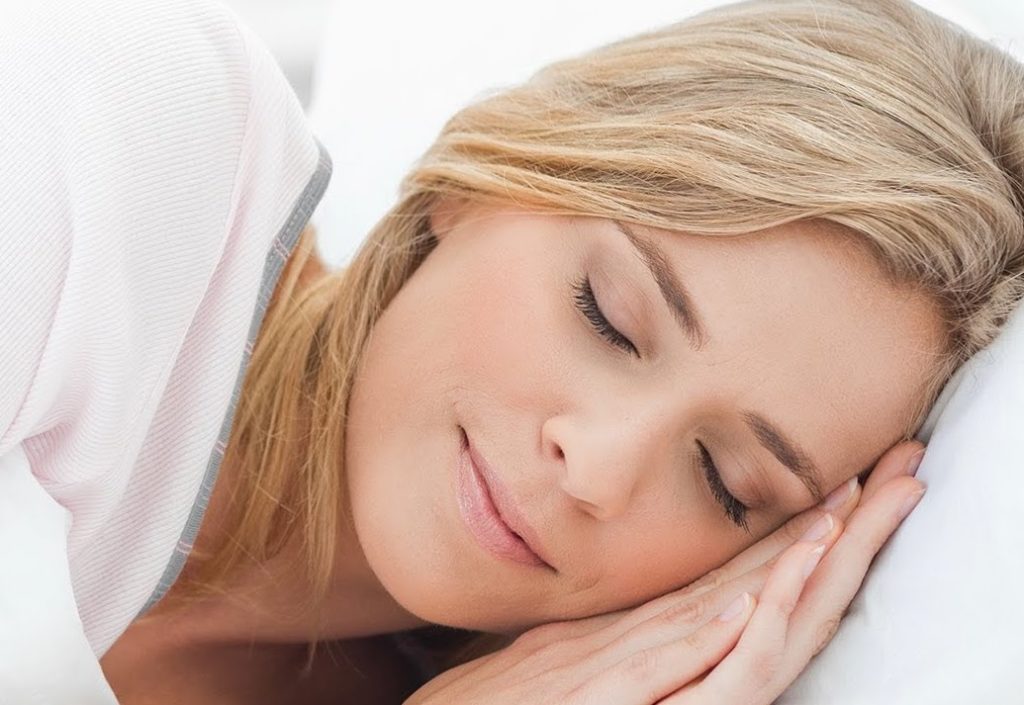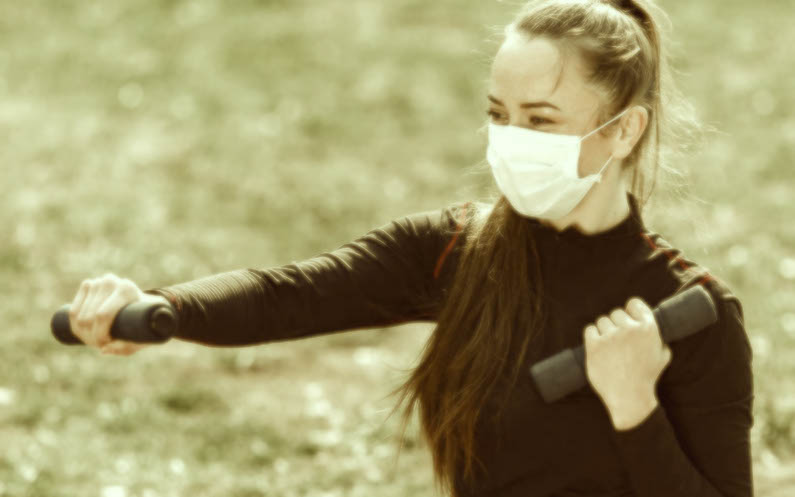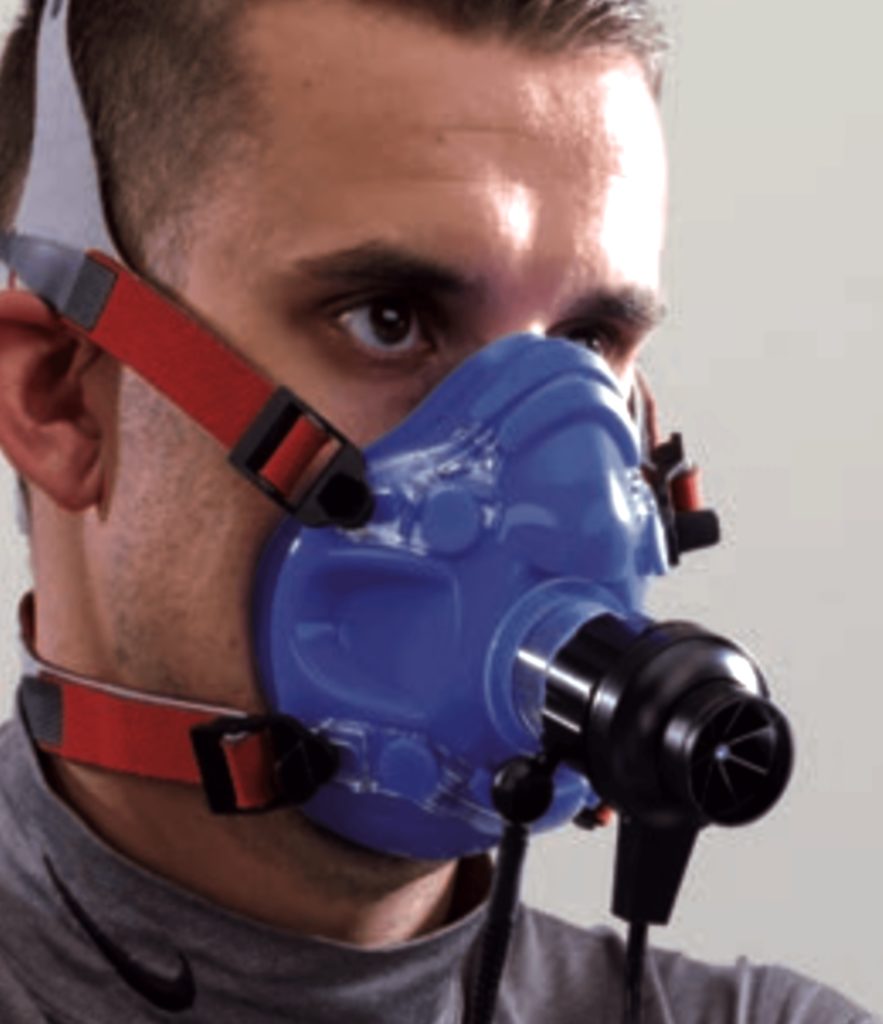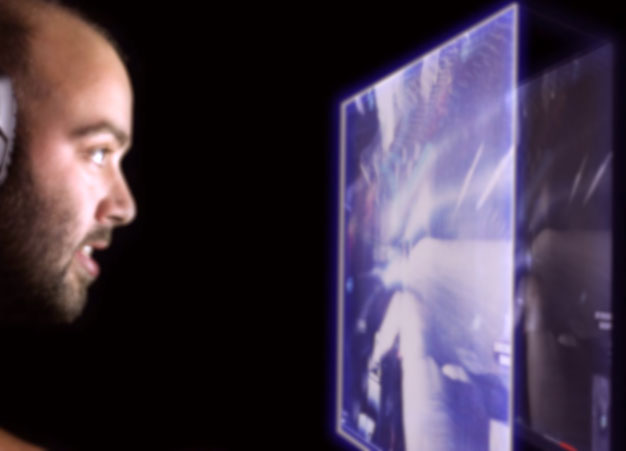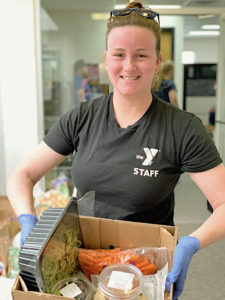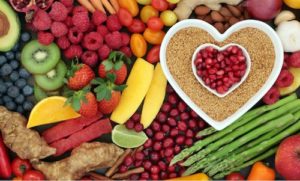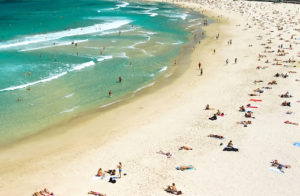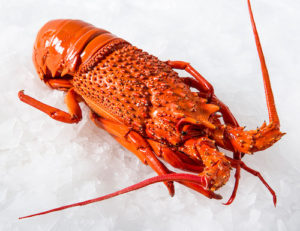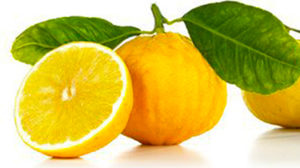You hear it at the gym. Be a good Do-bee and wipe down that equipment after use. Not so fast, there might be a slew of unintended consequences and some of them potentially harmful.
How does Covid19 spread? The virus is predominantly an airborne virus. Hence the initial advice on masks and staying six feet away from other individuals. Like other viruses, it can spread via contact if you get the virus on your hands and then touch your eyes. The CDC even notes it is very rare or unlikely someone could get Covid from touching a surface at a gym.

It is difficult to say why athletic facilities went on the disinfectant rampage and asked everyone to wipe down equipment before and after use. I suspect much of the impetus came first from the companies that made commercial disinfectants and wipes. Obviously, if everyone is wiping things off all the time, more product is used. It may be the clubs decided this was a good practice from a variety of perspectives. Maybe making users feel more comfortable so they don’t quit their membership? There were messages of telling people that clubs were taking safety seriously.
What about safety versus results? First, these compounds are generally approved for commercial disinfectant purposes and cleaning, such as hospitals. Make no mistake, when used as directed, they do kill bacteria and viruses. They have rigid guidelines about how they are to be used, how it is supposed to be removed after use, and what kind of protective gear the person is supposed to use for personal protection. If the professional cleaner at your facility is wearing rubber gloves and a facemask, maybe that should be a clue as to toxicity and contact issues of these compounds.
In some instances, the commercial compounds in some cases are being diluted. Down the list compared to contracting Covid is the fact many of these compounds are toxic to fish, wildlife, and the environment. Eventually, they are washed off and they do head down stream.
This is a complex issue, and not everything can be addressed in this short blog. You should perform further research on what your facility is using in this regard and make your own decision. You can use what they provide or go the other direction and use your own protective clothing and not come in direct contact with any of the compounds.

In a review of some of the more popular compounds in this area, it is clear they have hazards. And, just because they have not been proven to be cancer-causing is probably more about the fact they were not ever tested in this application. However, they all have some potential level of irritation posed by touching and handling outside of guidelines. Included in reported warnings are skin, eye and respiratory irritation. And the rush to cleaning was so overwhelming, most people did not ask about safety of what the compounds can do to the human system.
One of the interesting considerations is how long the compound should remain on the surface until removal. Many of them stipulate the compound should dry for 3-5 minutes. How to remove the compound? Many of these suppliers do recommend rinsing with water, then letting dry completely. Right there we have what is quite different than how this is being applied in clubs. I went to three clubs, using some of the compounds referred to in the spec sheets. I watched people wipe or spray it on, and immediately use the machine. Some sprayed it on a paper towel, some right on to the machine. For sake of comparison, I made notes about how many people in the three instances had on any kind of gloves in the resistance training area. It was less than 10%, and the majority were spraying the equipment, and then immediately using without drying or removal, or wearing gloves.
The EPA does have a quick view of both safety and effectiveness with commercial disinfectants. Classification for toxicity is normally a 1-4 rating, with 1 being the highest level and 4 being very low toxicity. Should you be concerned about products in level 4? The answer is likely yes because it may not be administered within the guidelines that resulted in this general rating. Asking everyone to spray down handles or a machine does not mean everyone does that the same way. And, it does not mean each facility is using the minimum potency to get results.
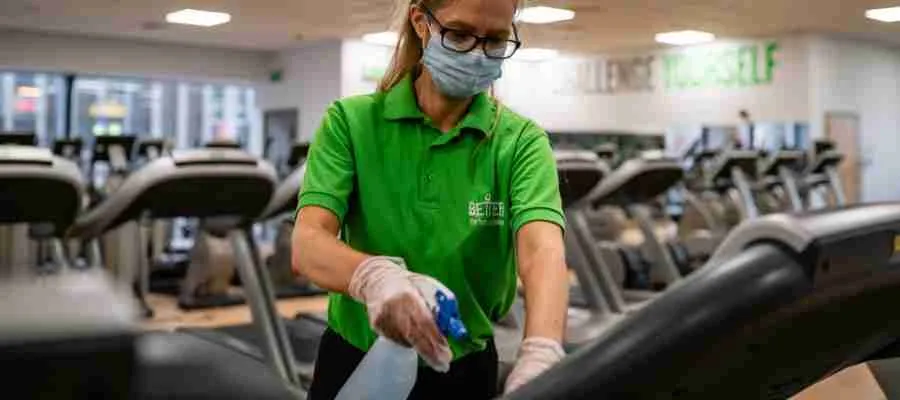
Here are links to three of the common products used and their spec-sheets with some safety and use information.
Ethanol is in some cleaning compounds, and it does have serious interaction with humans as well. You should read carefully for the full list of potential irritations with any compound used at your facility (s). And, maybe more important, how the product is supposed to be applied.
It maybe you are best off not coming into direct contact with these compounds, especially given the rapid reduction in Covid statistics. If you are concerned about skin irritation or another other potential side effect, but want to still protect yourself, try the following:
If you are going to clean the equipment
-Ask if your facility will use something less caustic like a simple alcohol or a hydrogen peroxide solution.
-Don’t spray commercial disinfectants in the air and onto the machine, spray a small amount on a towel, then wipe the machine.
-Let anything you spray on dry before use.
-Don’t touch your eyes or face during or just after your visit.
-Avoid contact with your skin during the cleaning process.
If you don’t want to come in contact with these compounds
-Wear complete gloves that cover the hands, like gardening gloves that have a water barrier on the hands.
-Long athletic pants to reduce directly touching seats.
-A long tee shirt for resistance training when you come into contact with the pads and support.
-Hand washing on your way out, and even during your visit is a positive step.
-When you get home, take off the clothes, and wash.
Select References
Allen, L. V., Jr. (2017). Quality Control: (Material) Safety Data Sheets. Int J Pharm Compd, 21(2), 118-124.
Fuls, J. L., Rodgers, N. D., Fischler, G. E., Howard, J. M., Patel, M., Weidner, P. L., & Duran, M. H. (2008). Alternative hand contamination technique to compare the activities of antimicrobial and nonantimicrobial soaps under different test conditions. Appl Environ Microbiol, 74(12), 3739-3744.
Goldhammer, K. A., Dooley, D. P., Ayala, E., Zera, W., & Hill, B. L. (2006). Prospective study of bacterial and viral contamination of exercise equipment. Clin J Sport Med, 16(1), 34-38.
Honda, H., & Iwata, K. (2016). Personal protective equipment and improving compliance among healthcare workers in high-risk settings. Curr Opin Infect Dis, 29(4), 400-406.
Larson, E. L., Quiros, D., & Lin, S. X. (2007). Dissemination of the CDC’s Hand Hygiene Guideline and impact on infection rates. American journal of infection control, 35(10), 666-675.
Nielsen J. The occurrence and course of skin symptoms on the hands among female cleaners. Contact Dermatitis. 1996 Apr;34(4):284-91
Markley, J. D., Edmond, M. B., Major, Y., Bearman, G., & Stevens, M. P. (2012). Are gym surfaces reservoirs for Staphylococcus aureus? A point prevalence survey. American journal of infection control, 40(10), 1008-1009.
Mukherjee, N., Dowd, S. E., Wise, A., Kedia, S., Vohra, V., & Banerjee, P. (2014). Diversity of Bacterial Communities of Fitness Center Surfaces in a U.S. Metropolitan Area. International Journal of Environmental Research and Public Health, 11(12), 12544-12561.
Rutala, W. A., & Weber, D. J. (2016). Monitoring and improving the effectiveness of surface cleaning and disinfection. Am J Infect Control, 44(5 Suppl), e69-76.
Song, X., Vossebein, L., & Zille, A. (2019). Efficacy of disinfectant-impregnated wipes used for surface disinfection in hospitals: a review. Antimicrobial resistance and infection control, 8, 139-139.
West, A. M., Nkemngong, C. A., Voorn, M. G., Wu, T., Li, X., Teska, P. J., & Oliver, H. F. (2018). Surface area wiped, product type, and target strain impact bactericidal efficacy of ready-to-use disinfectant Towelettes. Antimicrob Resist Infect Control, 7, 122.
Wiemken, T. L., Powell, W., Carrico, R. M., Mattingly, W. A., Kelley, R. R., Furmanek, S. P., Johnson, D., & Ramirez, J. A. (2016). Disinfectant sprays versus wipes: Applications in behavioral health. American journal of infection control, 44(12), 1698-1699.
Environmental Protection Agency, “List N: Disinfectants for Coronavirus (COVID-19),” [Online]. Available: https://www.epa.gov/pesticide-registration/list-n-disinfectants-coronavirus-covid-19.
Mirabelli MC, Vizcaya D, Martí Margarit A, Antó JM, Arjona L, Barreiro E, Orriols R, Gimenez-Arnau A, Zock JP. (2012) Occupational risk factors for hand dermatitis among professional cleaners in Spain. Contact Dermatitis. 66(4):188-96.
Tse TJ, Purdy SK, Shen J, Nelson FB, Mustafa R, Wiens DJ, Reaney MJT. (2021) Toxicology of alcohol-based hand rubs formulated with technical-grade ethanol. Toxicol Rep. 2;8:785-792.
National Research Council (US) Safe Drinking Water Committee. Drinking Water and Health: Volume 2. Washington (DC): National Academies Press (US); (1980). III, The Chemistry of Disinfectants in Water: Reactions and Products.
Cosmetic Ingredient Review Expert Panel. Final report of the safety assessment of Alcohol Denat., including SD Alcohol 3-A, SD Alcohol 30, SD Alcohol 39, SD Alcohol 39-B, SD Alcohol 39-C, SD Alcohol 40, SD Alcohol 40-B, and SD Alcohol 40-C, and the denaturants, Quassin, Brucine Sulfate/Brucine, and Denatonium Benzoate. Int J Toxicol. 2008;27 Suppl 1:1-43
A. Chang, A. H. Schnall, R. Law, A. C. Bronstein, J. M. Marraffa, H. A. Spiller, H. L. Hays, A. R. Fun, M. Mercurio-Zappala, D. P. Calello, A. Aleguas, D. J. Borys, T. Boehmer and E. Svendsen. (2020) Cleaning and Disinfectant Chemical Exposures and Temporal Associations with COVID-19 — National Poison Data System, United States, January 1, 2020–March 31, 2020. Morbidity and Mortality Weekly Report (MMWR), vol. 69, no. 16, pp. 496-498,.
Wolkoff P, Schneider T, Kildesø J, Degerth R, Jaroszewski M, Schunk H. (1998) Risk in cleaning: chemical and physical exposure. Sci Total Environ. Apr 23;215(1):135–56.
Sherriff A, Farrow A, Golding J, Henderson J. (2005) Frequent use of chemical household products is associated with persistent wheezing in pre-school age children. Thorax. 1;60(1):45.
Weinmann T, Gerlich J, Heinrich S, Nowak D, Mutius E von, Vogelberg C, et al (2017). Association of household cleaning agents and disinfectants with asthma in young German adults. Occup Environ Med. 1;74(9):684.
Parks, J., McCandless, L., Dharma, C., Brook, J., Turvey, SE., Mandhane, P., Becker, AB., Kozyrskyj, AL., Azad, MB., Moraes, TJ., Lefevbre, DL., Sears, MR., Subbarao, P., Scott, J., Takaro, TK. (2020). Association of use of cleaning products with respiratory health in a Canadian birth cohort. Canadian Medical Association Journal. 192(7); E154-161
Zock J-P, Plana E, Jarvis D, Antó JM, Kromhout H, Kennedy SM, et al. (2007) The use of household cleaning sprays and adult asthma: an international longitudinal study. Am J Respir Crit Care Med. 176(8):735–41.
Flyvholm MA. (1993) Contact allergens in registered cleaning agents for industrial and household use. Occupational and Environmental Medicine 50:1043-1050.
Archangelidi O, Sathiyajit S, Consonni D, et al. (2021) Cleaning products and respiratory health outcomes in occupational cleaners: a systematic review and meta-analysis. Occupational and Environmental Medicine. 78:604-617.
